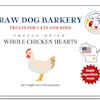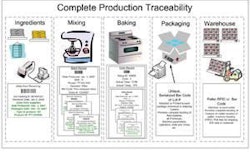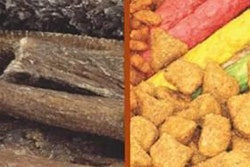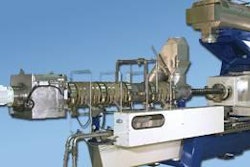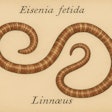The objective was to compare continuous to intermittent feeding at delivering prescribed nutrition in hospitalized canine and feline patients. Fifty-four cats and 37 dogs were prescribed and delivered nutrition (kcal), and the percentage of prescribed nutrition delivered (PPND) was calculated, as was frequency of gastrointestinal complications (vomiting, diarrhea, and regurgitation).
PPND was not significantly different between patients fed continuously (99.0%) and patients fed intermittently (92.9%). Vomiting affected 29% of patients (26/91), diarrhea affected 26% (24/91) and regurgitation affected 5% (5/91). There was no significant difference in incidence of gastrointestinal complications between the patients fed continuously and those fed intermittently. Prospective studies are warranted to investigate causes for these potential interspecies differences.
Source : J.A. Campbell et al., 2010. Continuous versus intermittent delivery of nutrition via nasoenteric feeding tubes in hospitalized canine and feline patients: 91 patients (2002-2007). J Vet Emerg Crit Care Apr 1-20(2):232-6. PubMed ID: 20487251
